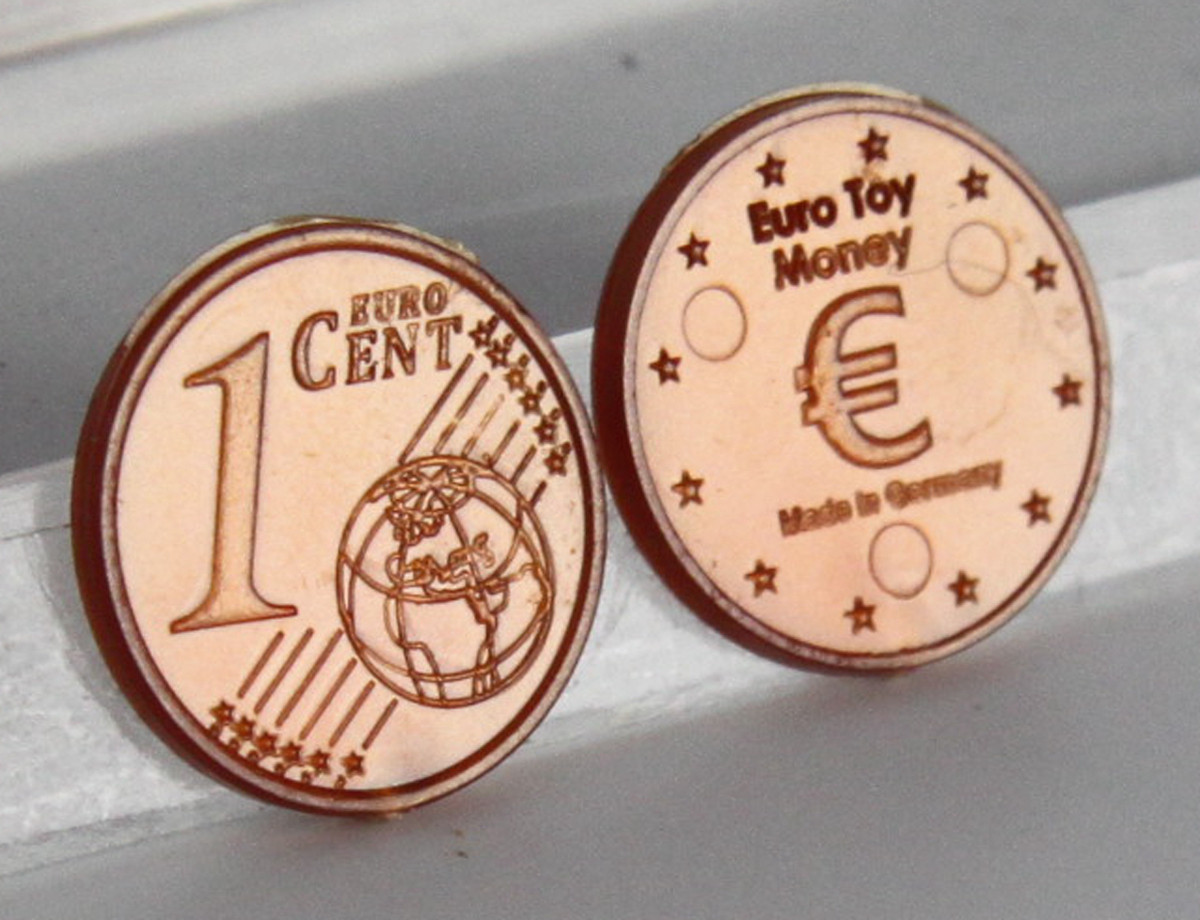Understanding Euro Cents: How Much is 100 Cents in Euros?
In the world of currency, understanding different denominations and their relationships is crucial. When dealing with the Euro, it’s essential to know the value of its subunits, the cents. A common question, especially for those new to the Euro system, is: “How much is 100 cents in Euros?”. The answer is straightforward: 100 cents is equal to 1 Euro.
The Euro (€) is the official currency of 20 member states of the European Union, collectively known as the Eurozone. It is divided into 100 cents, just like the US dollar is divided into 100 cents. This decimal system makes calculations and understanding monetary value easier. Think of cents as smaller units that make up a Euro, similar to how pennies make up a dollar.
Euro cent coins come in various denominations, each with its distinct value and appearance. These coins are not just for transactions; they are also valuable tools for education, particularly for children learning about money and basic arithmetic. Using play money like Euro cent coins can help children develop essential skills such as coin recognition, counting, and understanding the concept of value exchange.
For educational settings and at home learning, sets of 100 Euro cent coins are particularly useful. These sets often replicate the real coins in size and appearance, allowing for a realistic learning experience. Children can use these coins to practice various skills, including:
- Coin Identification: Learning to differentiate between various Euro cent denominations (1 cent, 2 cents, 5 cents, 10 cents, 20 cents, and 50 cents).
- Reading and Writing Monetary Amounts: Understanding how to express amounts in Euros and cents, both in written and numerical form.
- Representing Amounts in Different Ways: Exploring different combinations of coins to make up the same value.
- Exchange and Decomposition: Learning about exchanging larger value coins for smaller ones and vice versa.
- Understanding Notation Rules: Following conventions when handling money, such as arranging coins from largest to smallest value.
- Developing Strategies for Money Management: Thinking about the best way to make payments and manage small amounts of money.
- Price and Value Concepts: Gaining an understanding of how much things cost and the relative value of different items.
- Simulating Shopping Scenarios: Role-playing buying and selling to practice using money in real-life situations.
- Early Addition and Subtraction Skills: Using coins to physically represent and solve basic math problems.
- Understanding Purchasing Behavior: Thinking about spending habits and making informed purchasing decisions.
These skills are fundamental for financial literacy and numeracy, making Euro cent coin sets an invaluable educational resource.
Sets like “1 Euro – Cent (100 pcs)” are often made from durable, recycled materials like RE-Plastic, emphasizing sustainability alongside educational value. Using recycled plastic ensures that these learning tools are not only beneficial for children’s development but also environmentally responsible. This material is safe for children and built to withstand repeated use in educational settings. The realistic size of the coins further enhances the learning experience, making it more engaging and effective for young learners. Whether in a classroom or at home, these sets of 100 Euro cent coins provide a hands-on approach to understanding currency and basic financial concepts, answering the core question: 100 cents is indeed equal to 1 Euro, and learning about it can be both practical and fun.

